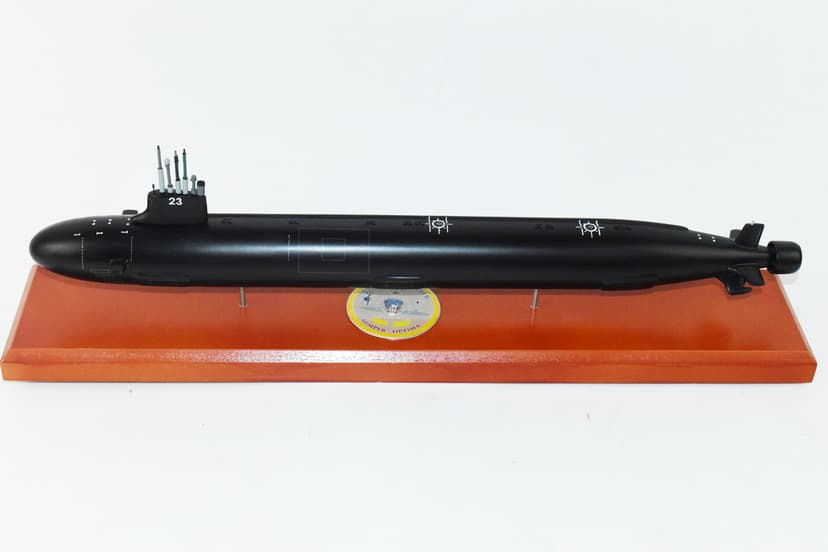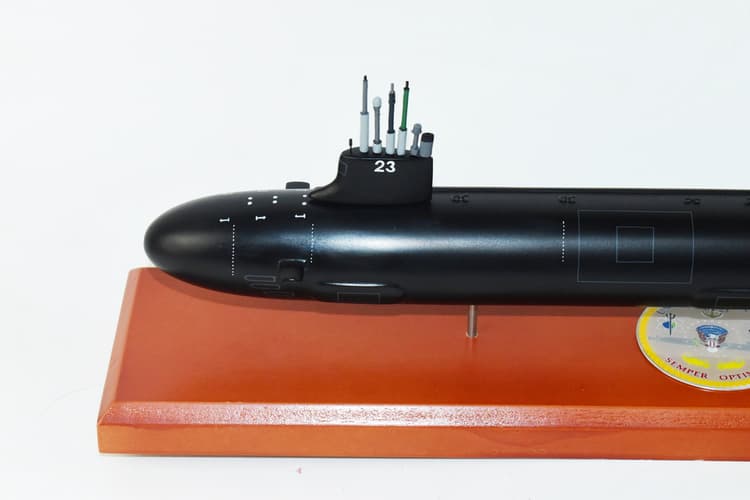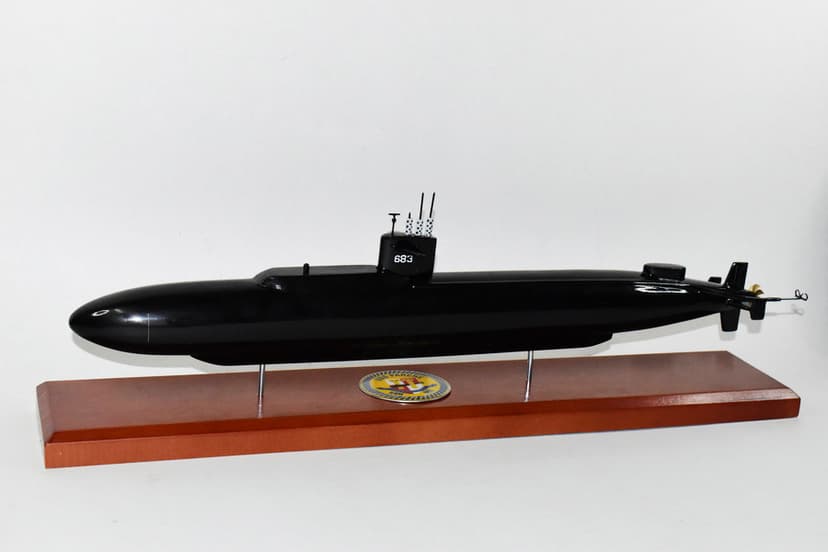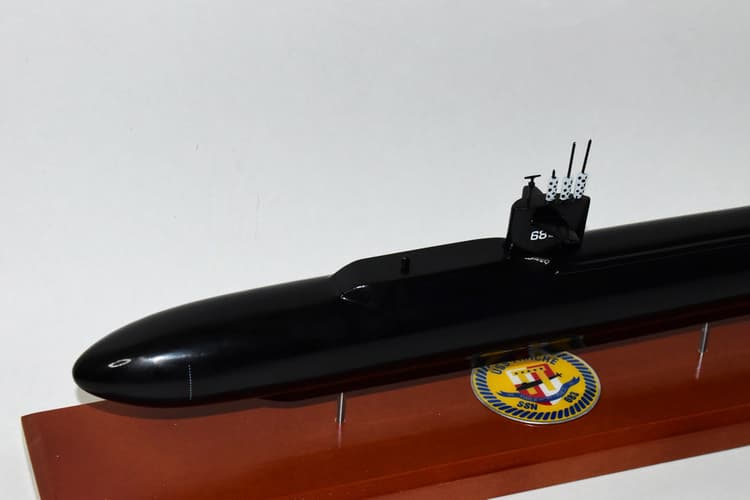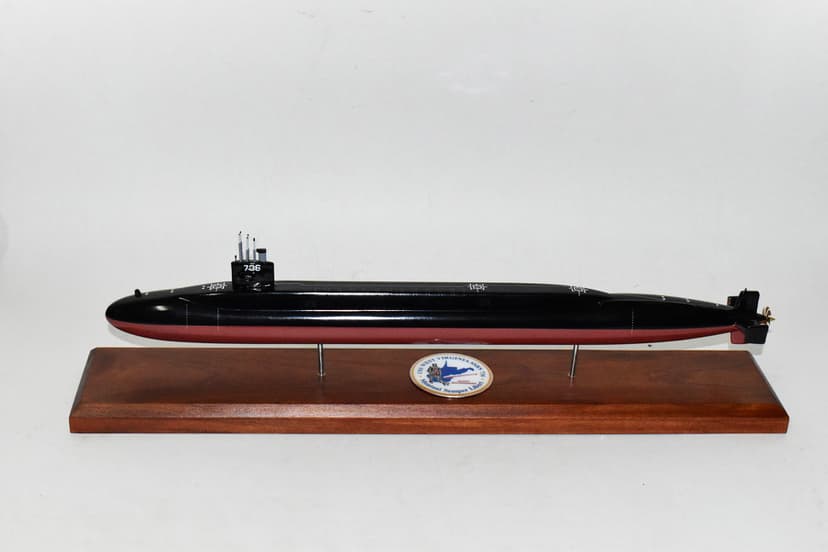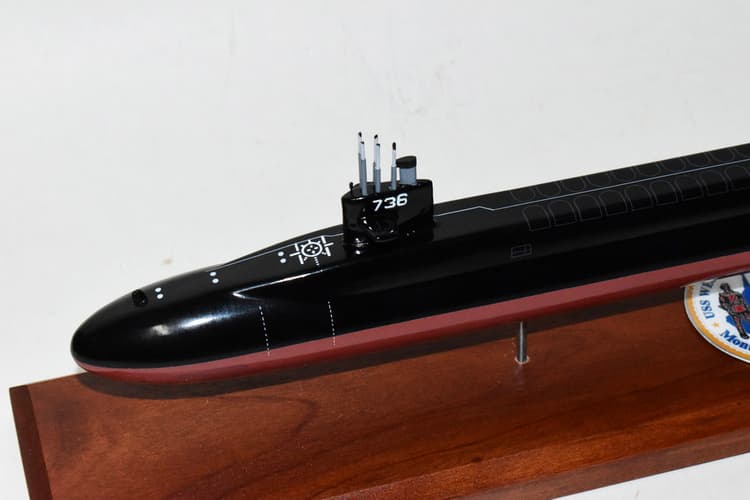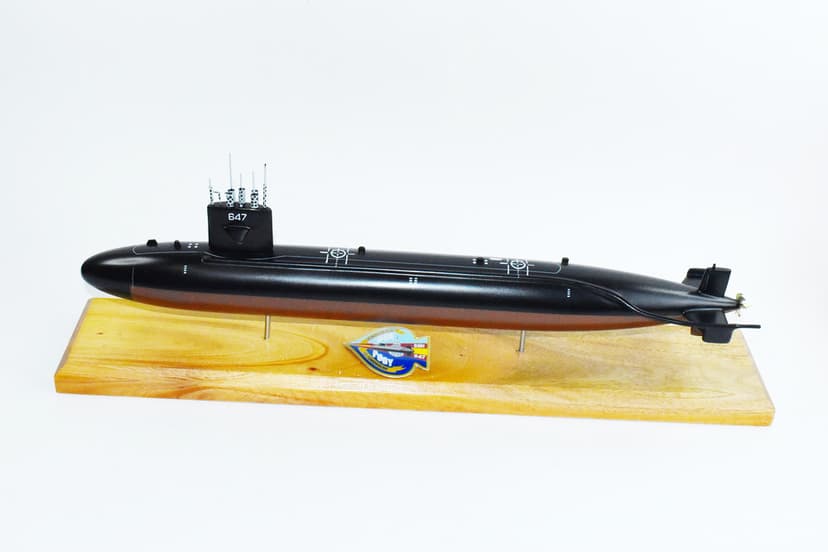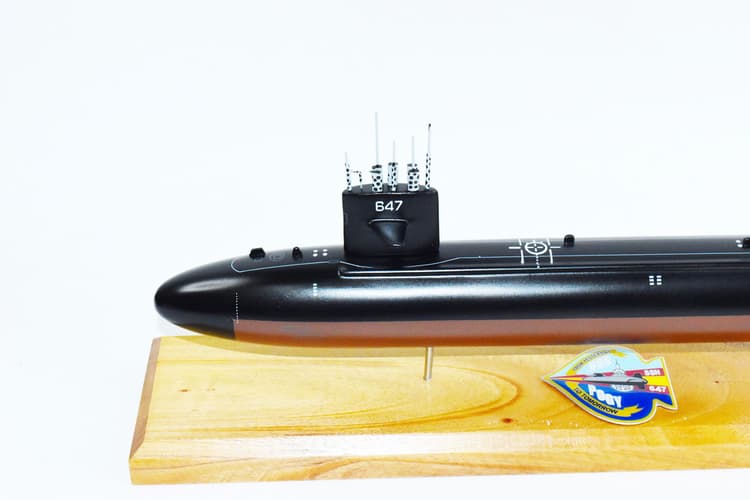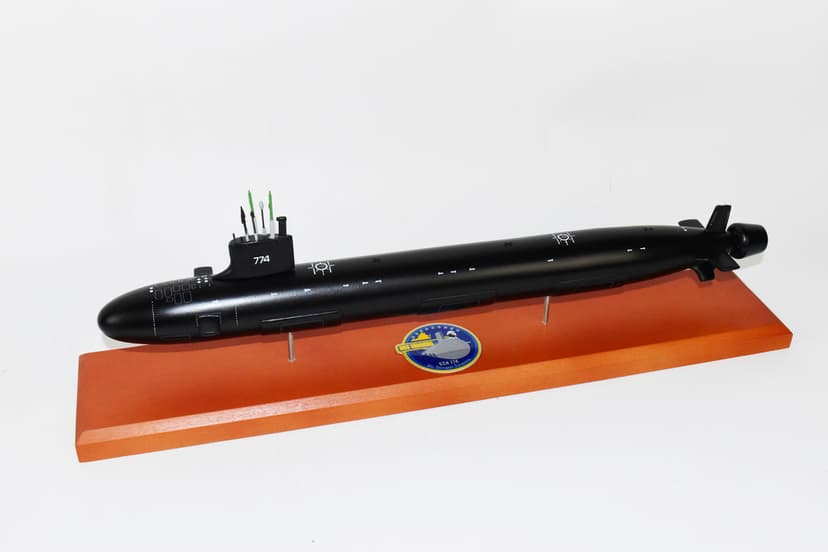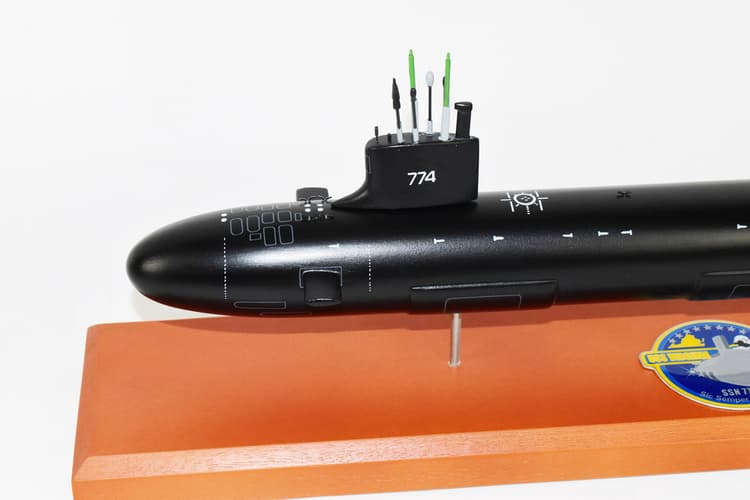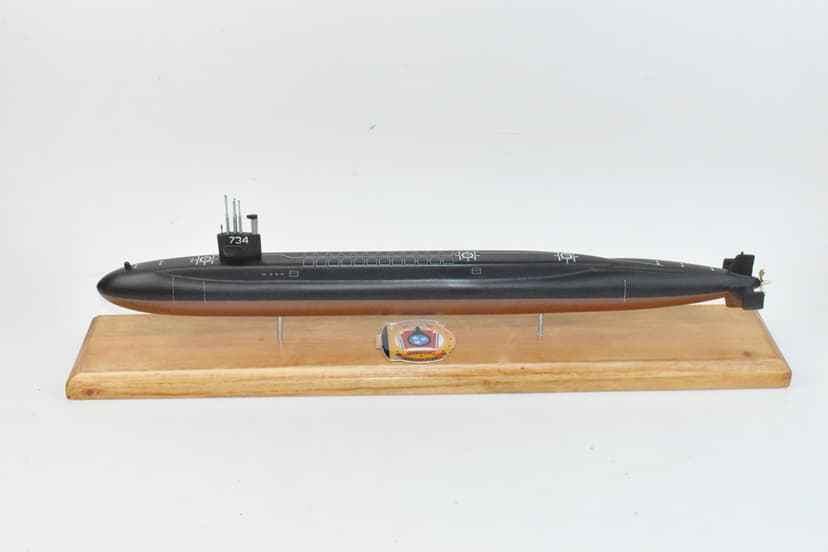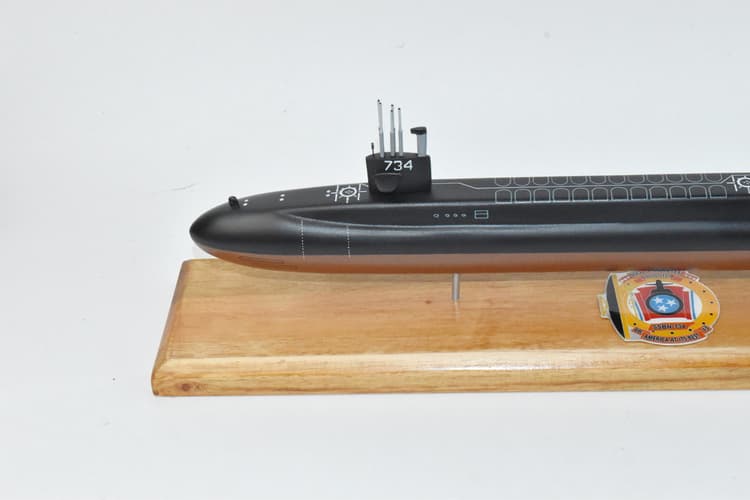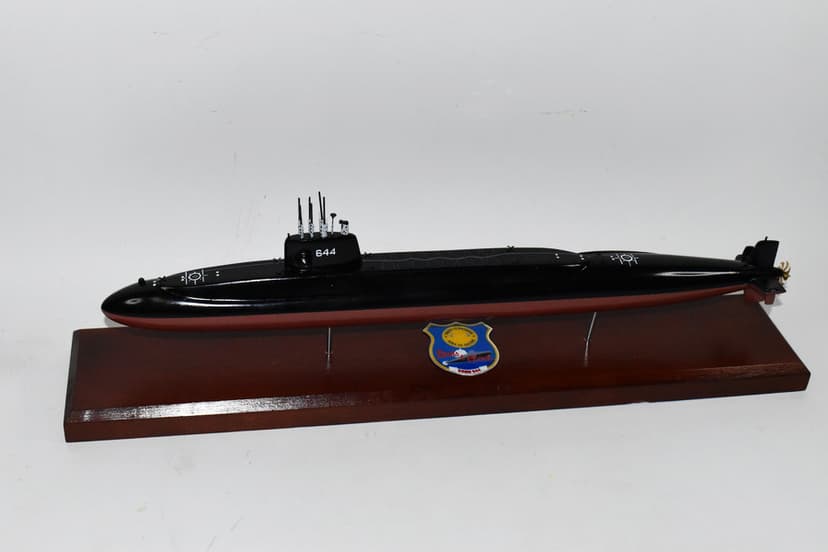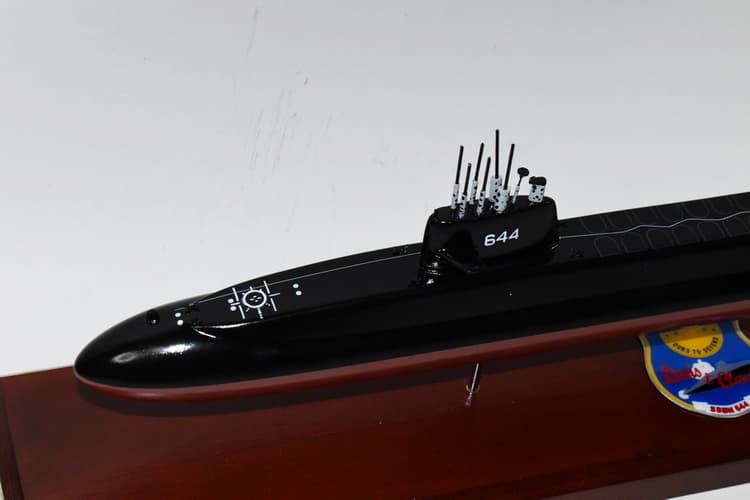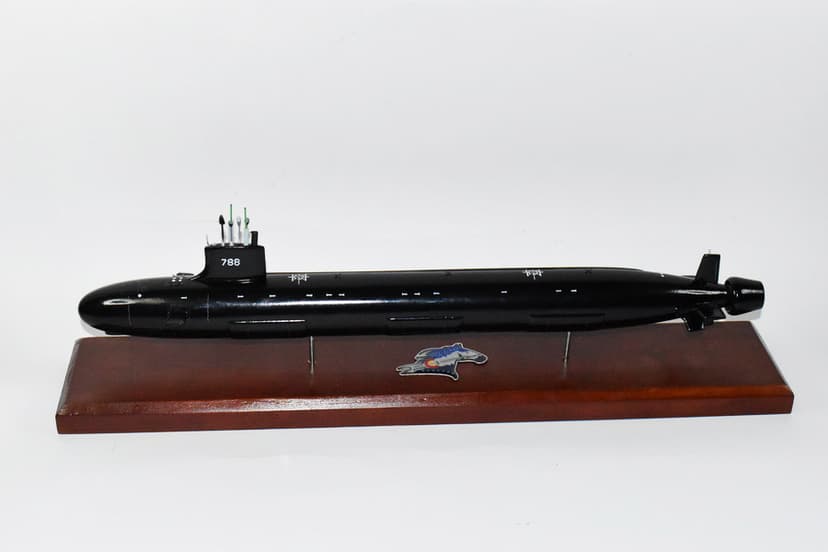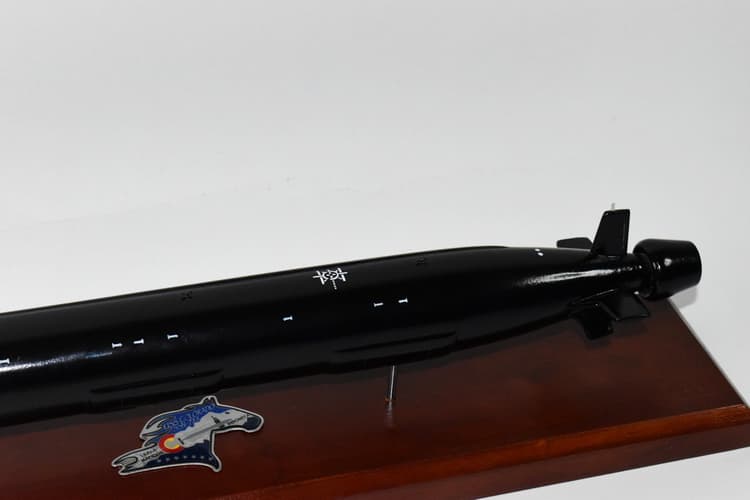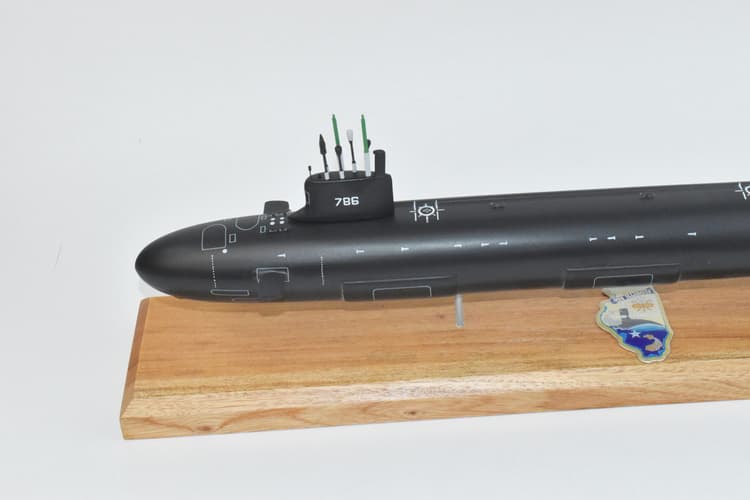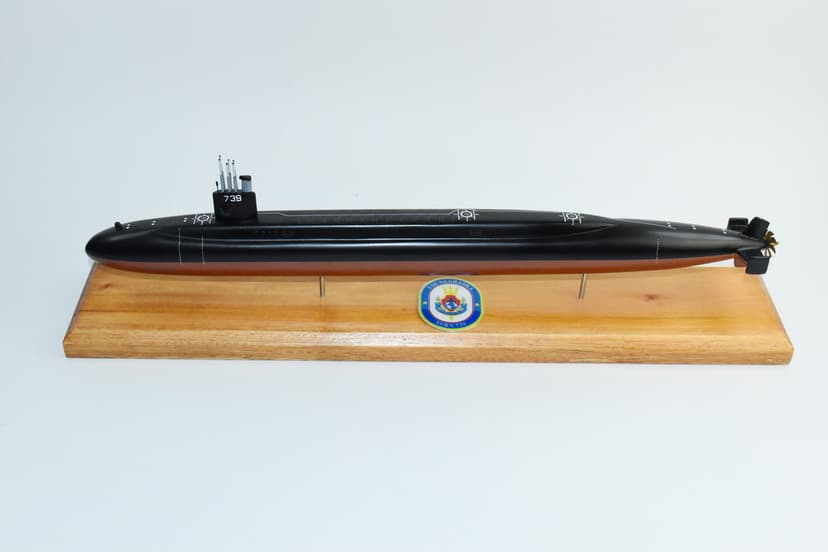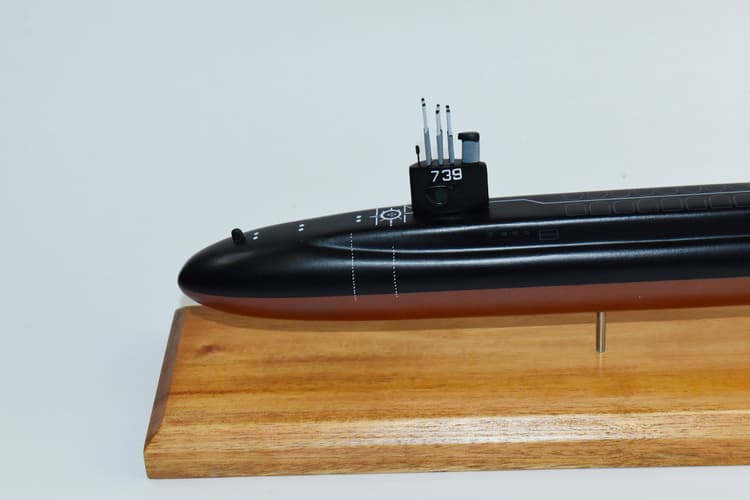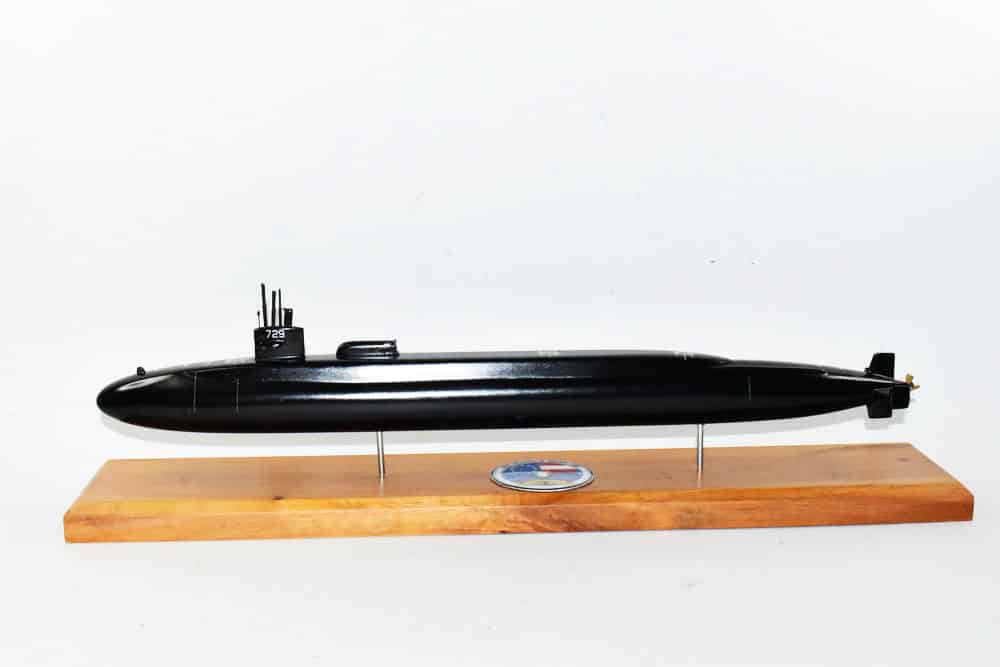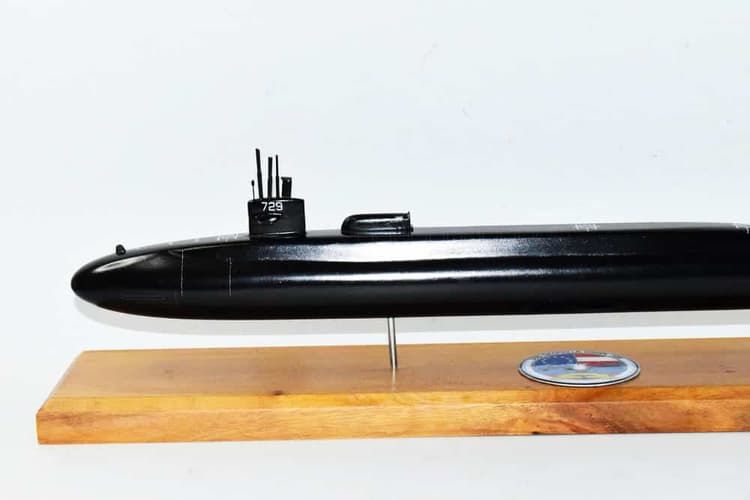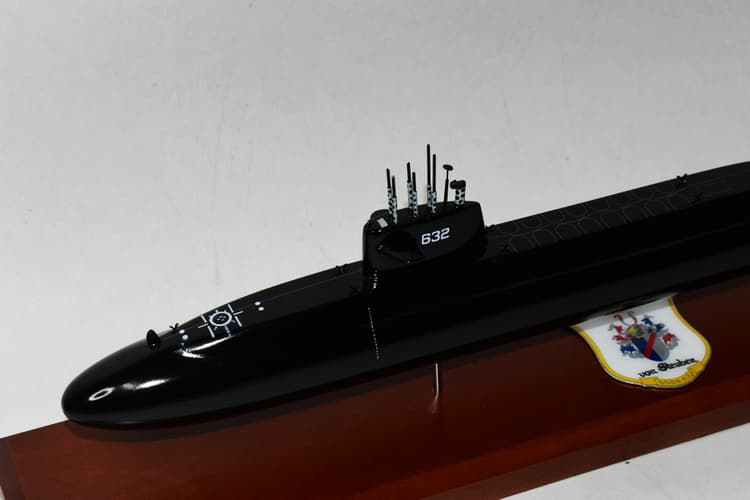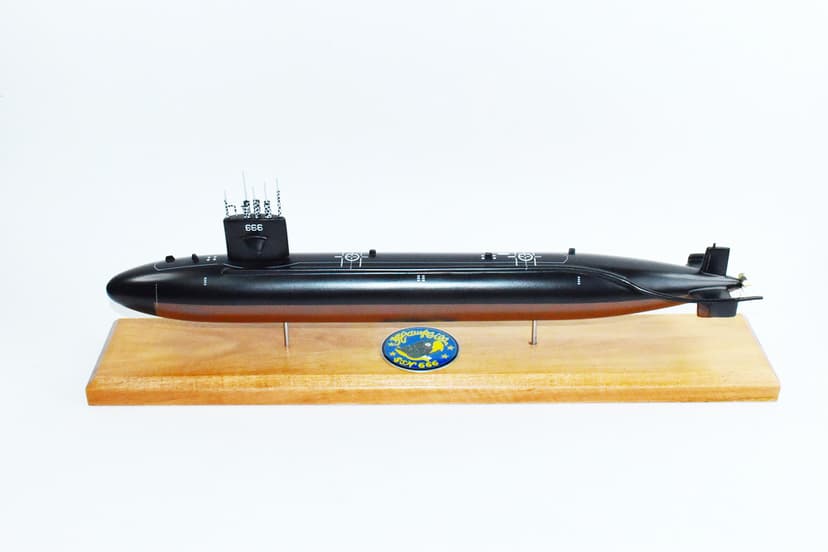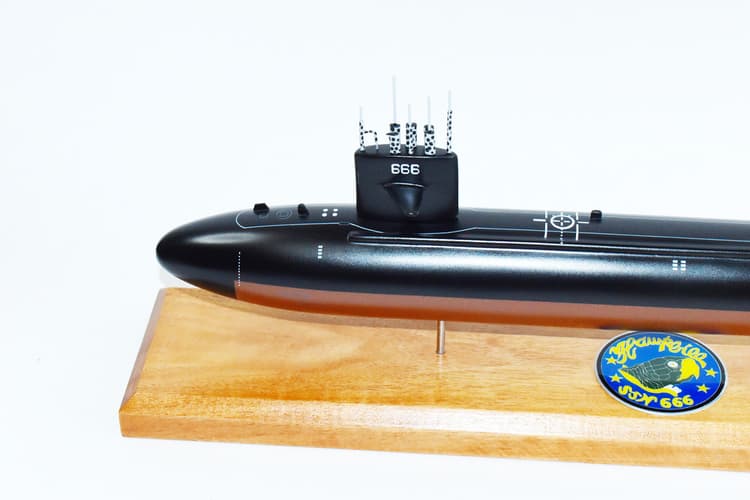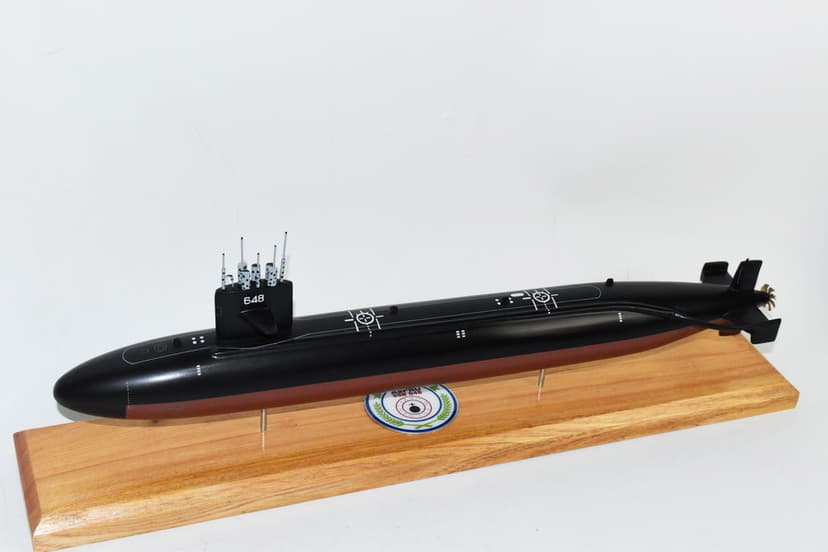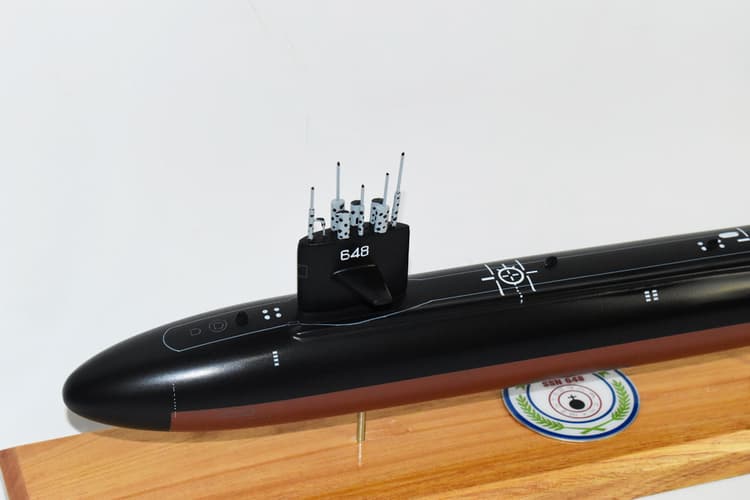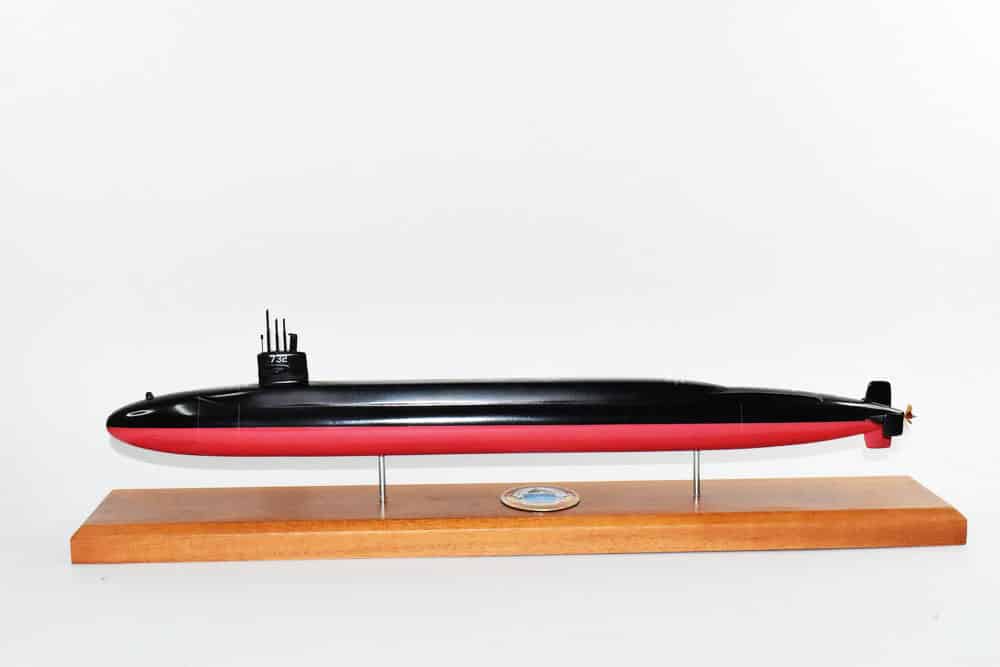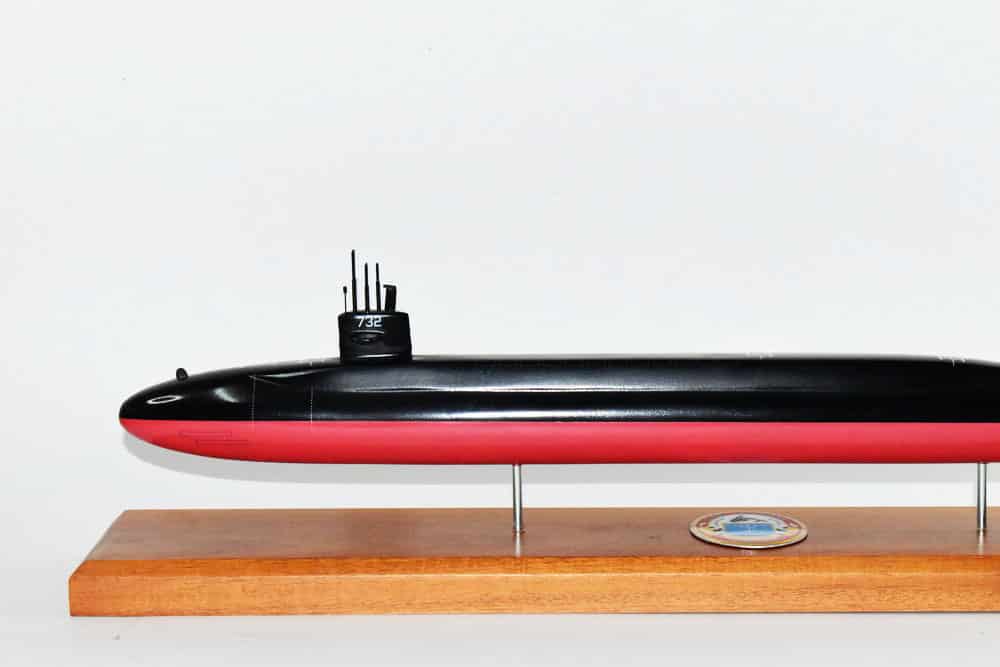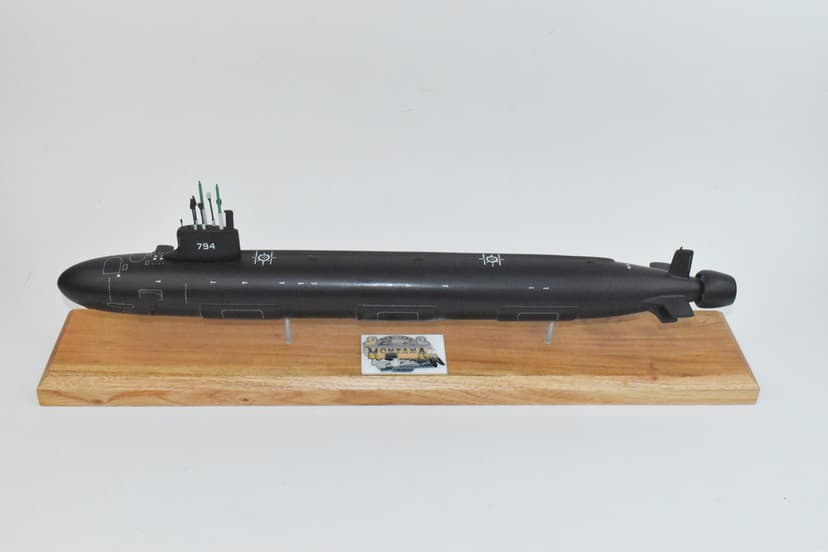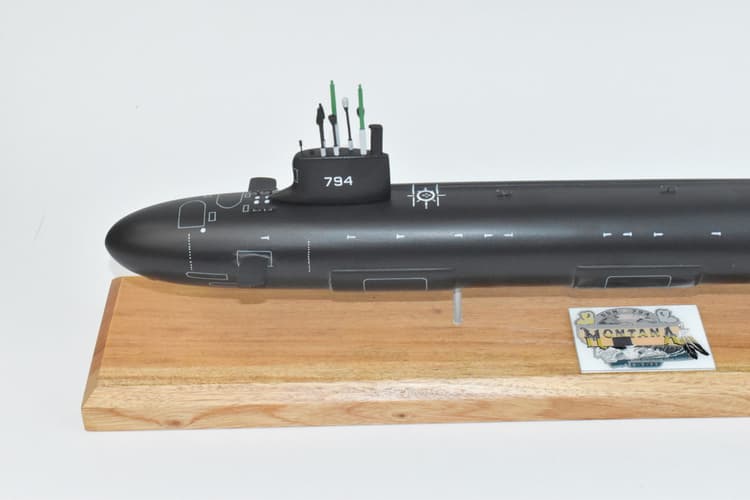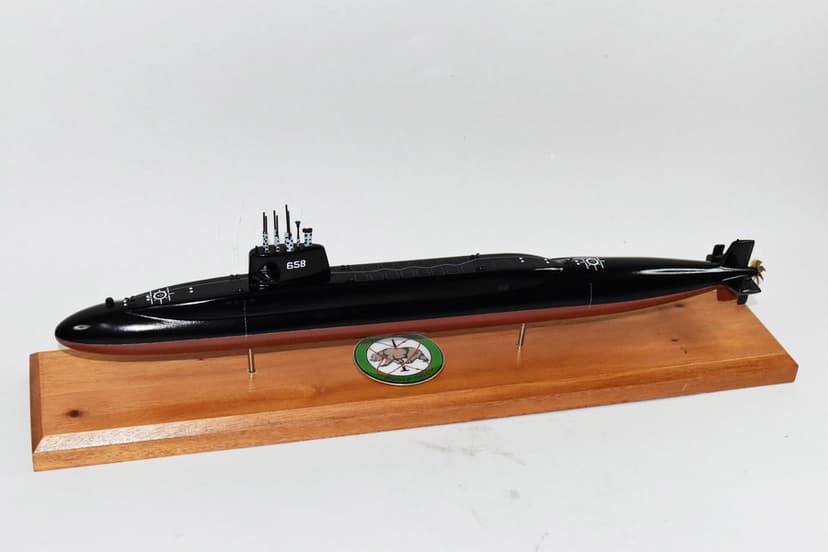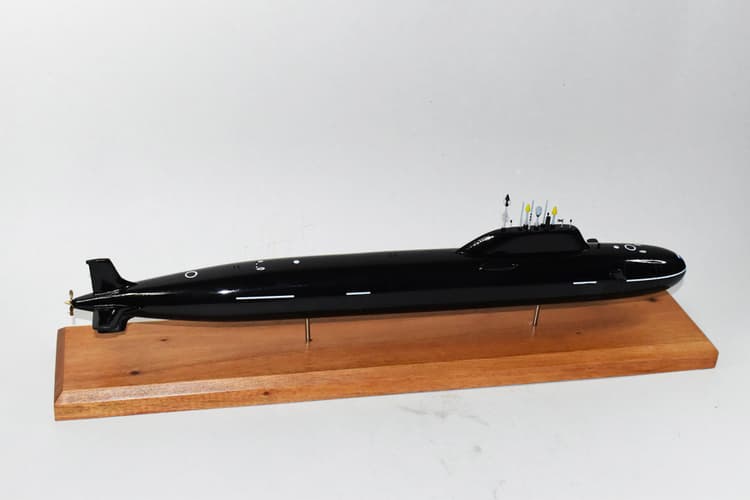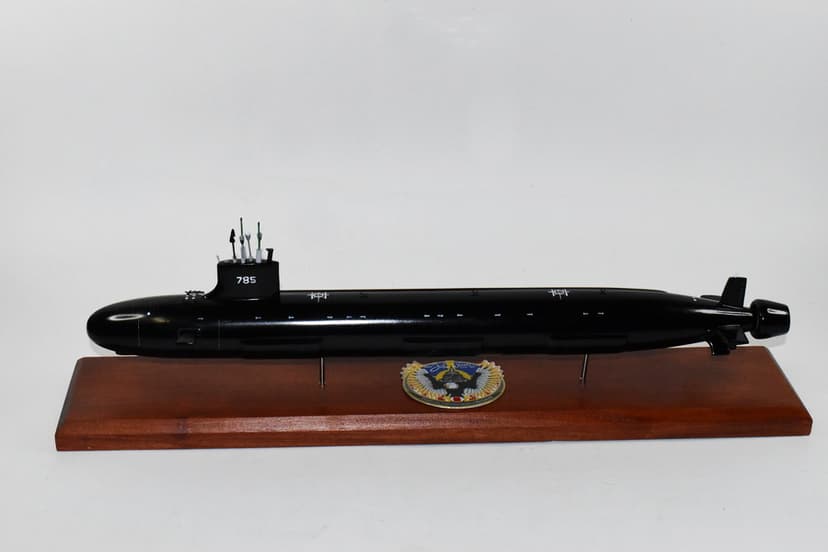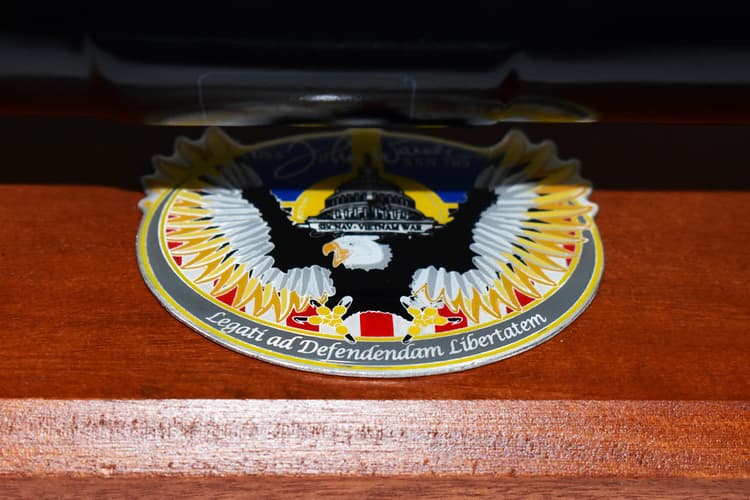Submarine Models
Showing 1 - 20 of 311
Showing 1 - 20 of 311
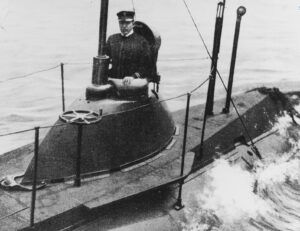 Submarine Models
Submarine Models
The primary role of submarines before and during World War II was to engage in anti-surface ship warfare, using either deck guns on the surface or torpedoes while submerged. They were particularly effective at sinking Allied transatlantic shipping in both World Wars and disrupting Japanese supply routes and naval operations in the Pacific during World War II. In the early 20th century, mine-laying capabilities were developed and used in both World Wars. They were also used for inserting and removing covert agents and military forces, gathering intelligence, and rescuing aircrew during air attacks on islands. They could carry cargo through hostile waters or act as supply vessels for other submarines.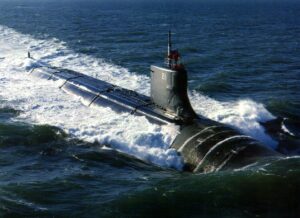 Typically, they were only able to locate and attack other subs on the surface, although there were exceptions, such as the sinking of the U-864 by HMS Venturer using a four-torpedo spread while both were submerged. The development of submarine-launched ballistic missiles and submarine-launched cruise missiles gave submarines the ability to attack land and sea targets with a variety of weapons, including cluster bombs and nuclear weapons, from a distance. Submarines' primary defense is their ability to remain concealed in the depths of the ocean. Modern boats are built with an emphasis on stealth, using advanced propeller designs, sound-reducing insulation, and special machinery to reduce noise and make them difficult to detect. Active sonar, which uses sound reflections to detect submarines, has been used since World War II by surface ships, submarines, and aircraft, but it reveals the position of the emitter and is vulnerable to countermeasures.
Submarine models are 20" and made from Mahogany
Typically, they were only able to locate and attack other subs on the surface, although there were exceptions, such as the sinking of the U-864 by HMS Venturer using a four-torpedo spread while both were submerged. The development of submarine-launched ballistic missiles and submarine-launched cruise missiles gave submarines the ability to attack land and sea targets with a variety of weapons, including cluster bombs and nuclear weapons, from a distance. Submarines' primary defense is their ability to remain concealed in the depths of the ocean. Modern boats are built with an emphasis on stealth, using advanced propeller designs, sound-reducing insulation, and special machinery to reduce noise and make them difficult to detect. Active sonar, which uses sound reflections to detect submarines, has been used since World War II by surface ships, submarines, and aircraft, but it reveals the position of the emitter and is vulnerable to countermeasures.
Submarine models are 20" and made from Mahogany

